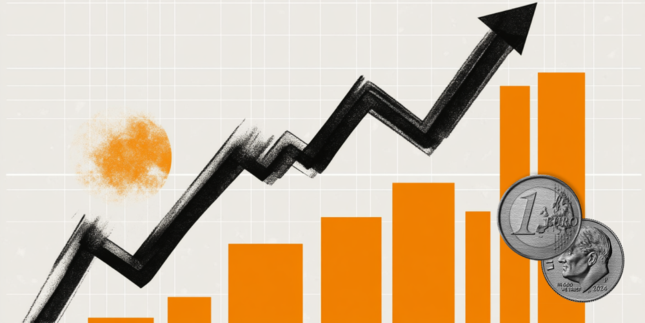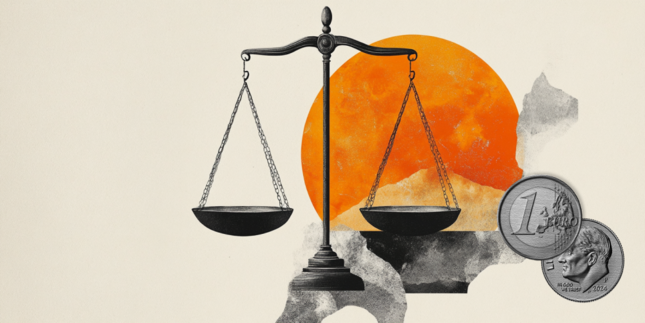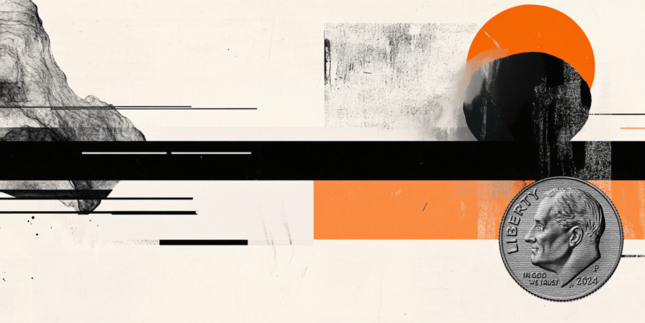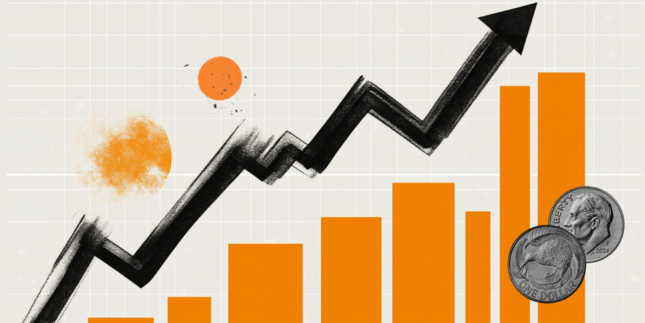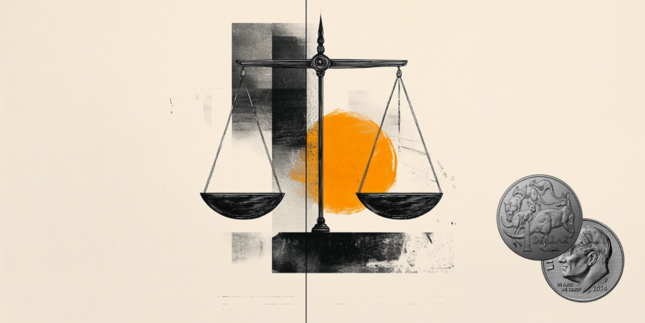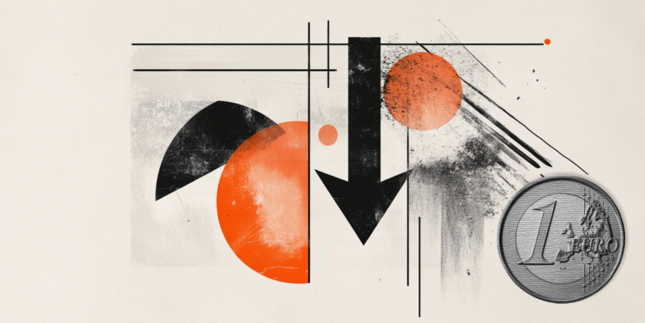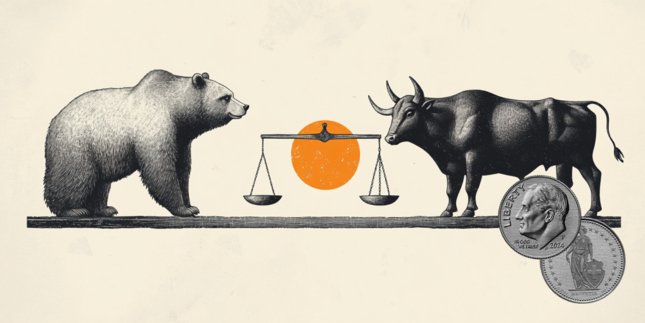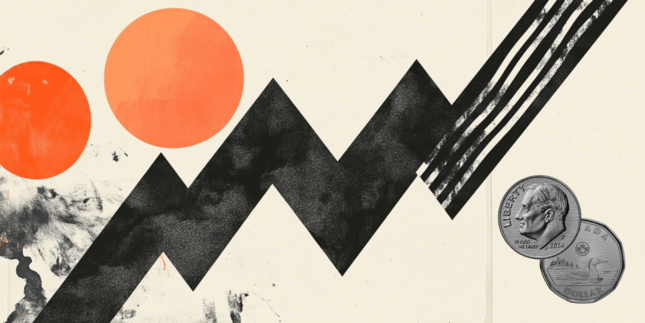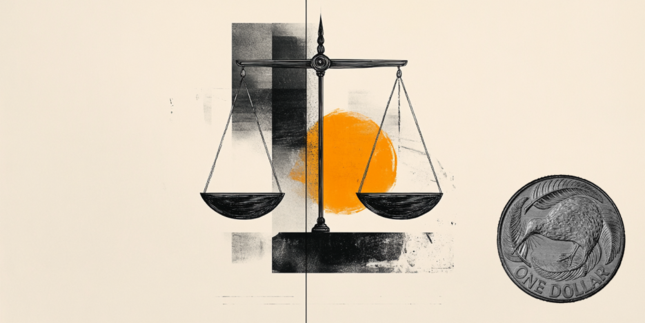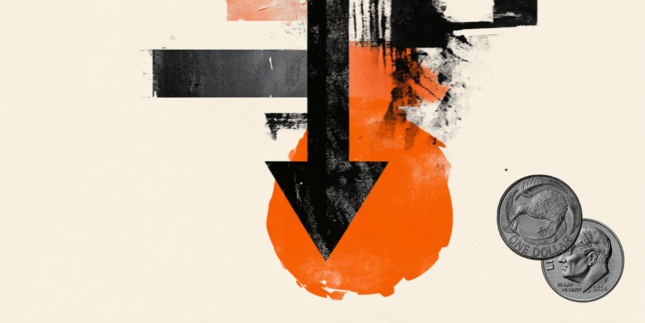-
Opps!
This language contents are not available!
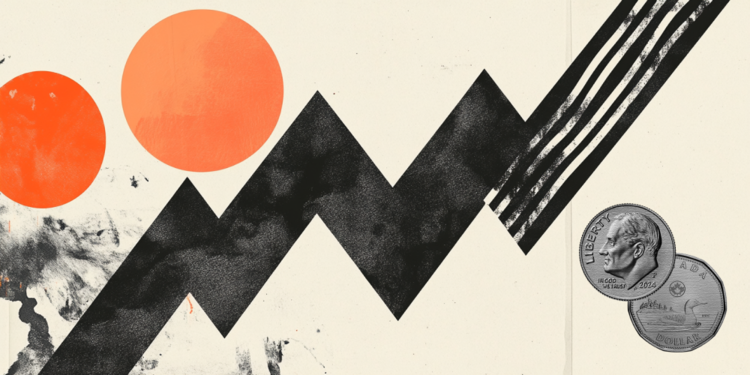
USD/CAD remains depressed below mid-1.4200s amid weaker USD, rebounding Oil prices
- USD/CAD attracts fresh sellers on Tuesday and is pressured by a combination of factors.
- Recovering Oil prices underpin the Loonie and weigh on the major amid a weaker USD.
- The divergent Fed-BoC policy expectations further contribute to the intraday decline.
The USD/CAD pair drifts lower following an Asian session uptick to the 1.4275-1.4280 region, or a one-and-half-week top and for now, seems to have snapped a two-day winning streak. Spot prices currently trade around the 1.4245-1.4240 region, down nearly 0.15% for the day amid the emergence of fresh US Dollar (USD) selling.
The recent weaker US macro data, including the flash PMIs released last Friday showing that business activity in the private sector fell to a 17-month low in February, lifted bets for further interest rate cuts by the Federal Reserve (Fed) this year. This, in turn, fails to assist the USD Index (DXY), which tracks the Greenback against a basket of currencies, to capitalize on the overnight bounce from its lowest level since December 10. Apart from this, a further recovery in Crude Oil prices, from a fresh year-to-date touched on Monday, underpins the commodity-linked Loonie and exerts some downward pressure on the USD/CAD pair.
Moreover, a slight acceleration in Canadian consumer inflation forced investors to scale back their bets that the Bank of Canada (BoC) will cut the policy rate again at its next monetary policy meeting on March 12. This turns out to be another factor that lends additional support to the Canadian Dollar (CAD) and contributes to the offered tone surrounding the USD/CAD pair. That said, worries about the potential economic fallout from US President Donald Trump's trade tariffs might hold back the CAD bulls from placing aggressive bets. This, in turn, warrants some caution before positioning for further losses for the currency pair.
Trump said on Monday that tariffs on Canadian and Mexican imports are "on time and on schedule" for March 4 and that reciprocal tariffs on other countries will also go ahead as planned. Traders now look forward to the US economic docket – featuring the release of the Conference Board's Consumer Confidence Index and the Richmond Manufacturing Index. This, along with speeches from influential FOMC members, will drive the USD and provide some impetus to the USD/CAD pair. Apart from this, Oil price dynamics might further contribute to producing short-term trading opportunities later during the US session.
US Dollar PRICE Today
The table below shows the percentage change of US Dollar (USD) against listed major currencies today. US Dollar was the strongest against the Swiss Franc.
| USD | EUR | GBP | JPY | CAD | AUD | NZD | CHF | |
|---|---|---|---|---|---|---|---|---|
| USD | -0.08% | -0.10% | -0.09% | -0.09% | -0.09% | -0.05% | -0.00% | |
| EUR | 0.08% | -0.02% | 0.02% | -0.01% | -0.01% | 0.03% | 0.08% | |
| GBP | 0.10% | 0.02% | 0.00% | 0.00% | 0.01% | 0.05% | 0.09% | |
| JPY | 0.09% | -0.02% | 0.00% | 0.00% | 0.00% | 0.03% | 0.08% | |
| CAD | 0.09% | 0.00% | -0.01% | -0.00% | 0.00% | 0.04% | 0.08% | |
| AUD | 0.09% | 0.00% | -0.01% | -0.01% | -0.01% | 0.04% | 0.08% | |
| NZD | 0.05% | -0.03% | -0.05% | -0.03% | -0.04% | -0.04% | 0.04% | |
| CHF | 0.00% | -0.08% | -0.09% | -0.08% | -0.08% | -0.08% | -0.04% |
The heat map shows percentage changes of major currencies against each other. The base currency is picked from the left column, while the quote currency is picked from the top row. For example, if you pick the US Dollar from the left column and move along the horizontal line to the Japanese Yen, the percentage change displayed in the box will represent USD (base)/JPY (quote).
Forex News
Keep up with the financial markets, know what's happening and what is affecting the markets with our latest market updates. Analyze market movers, trends and build your trading strategies accordingly.



